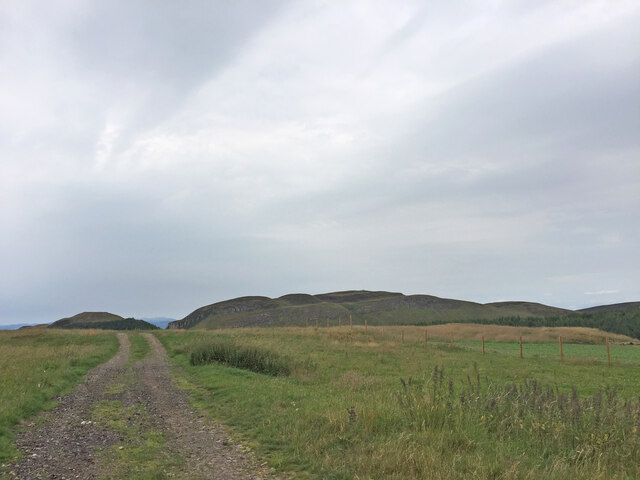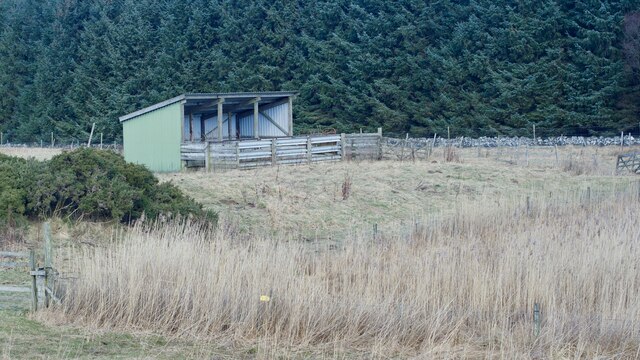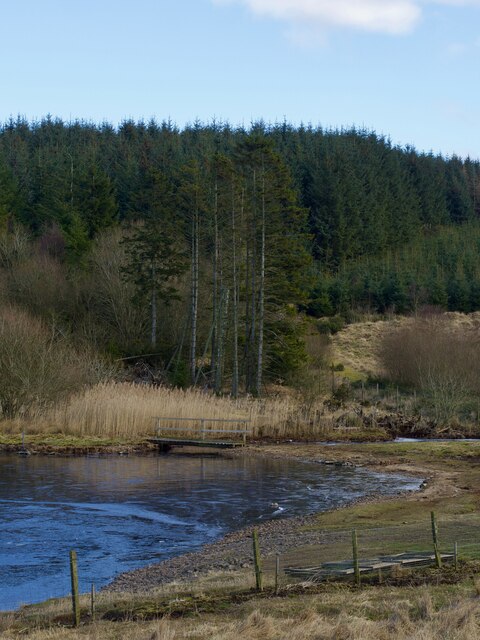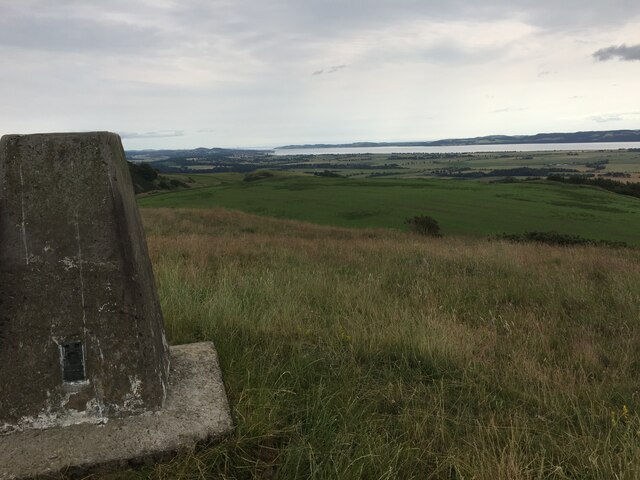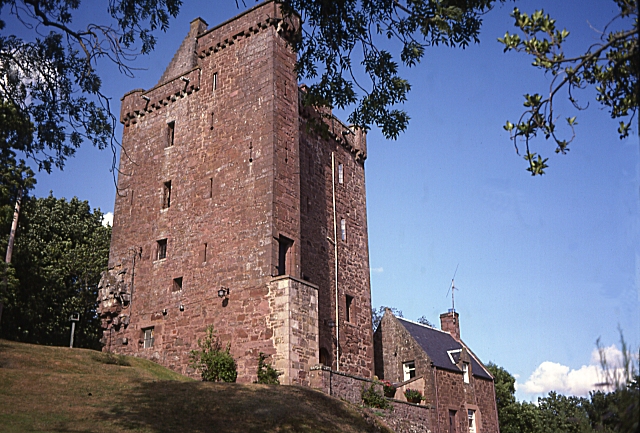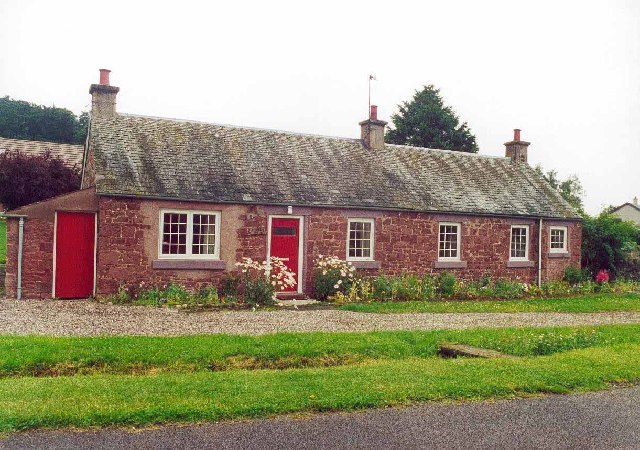Kinnaird Hill
Hill, Mountain in Perthshire
Scotland
Kinnaird Hill
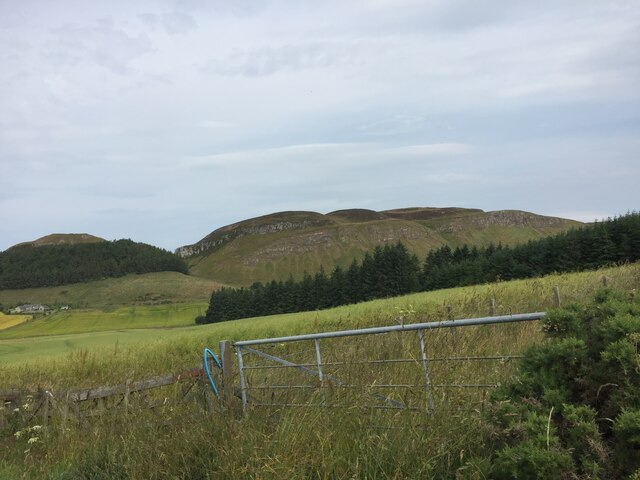
Kinnaird Hill is a prominent hill located in Perthshire, Scotland. Situated near the village of Kinnaird, it is part of the wider Sidlaw Hills range. Rising to an elevation of approximately 310 meters (1,017 feet), Kinnaird Hill offers stunning panoramic views of the surrounding countryside and is a popular destination for hikers, nature enthusiasts, and photographers.
The hill is characterized by its gentle slopes, covered with a mix of heather, grass, and scattered trees. It provides a diverse habitat for various plant species, including wildflowers and ferns. Additionally, the hill is home to a range of wildlife, such as birds, small mammals, and occasional deer sightings.
Several footpaths and trails traverse Kinnaird Hill, allowing visitors to explore the area and enjoy its natural beauty. The ascent to the summit is relatively easy, making it accessible to hikers of all abilities. Once at the top, visitors are rewarded with breathtaking views of the surrounding countryside, including the nearby River Tay and the rolling hills of Perthshire.
Kinnaird Hill also holds historical significance, with ancient burial mounds and ruins of old settlements scattered across its slopes. These remnants provide a glimpse into the hill's rich past and the lives of its former inhabitants.
Overall, Kinnaird Hill is a picturesque and tranquil destination, offering visitors the opportunity to immerse themselves in nature, enjoy stunning views, and explore the area's historical heritage.
If you have any feedback on the listing, please let us know in the comments section below.
Kinnaird Hill Images
Images are sourced within 2km of 56.448782/-3.2478228 or Grid Reference NO2329. Thanks to Geograph Open Source API. All images are credited.











Kinnaird Hill is located at Grid Ref: NO2329 (Lat: 56.448782, Lng: -3.2478228)
Unitary Authority: Perth and Kinross
Police Authority: Tayside
What 3 Words
///willpower.thickened.wishing. Near Inchture, Perth & Kinross
Nearby Locations
Related Wikis
Kinnaird, Gowrie
Kinnaird (Scottish Gaelic: An Ceann Àrd, "high headland") is a village in Gowrie, Perthshire, Scotland. It is notable for its 15th-century castle. The...
Gowrie
Gowrie (Scottish Gaelic: Gobharaidh) is a region in central Scotland and one of the original provinces of the Kingdom of Alba. It covered the eastern part...
Fingask Castle
Fingask Castle is a country house in Perth and Kinross, Scotland. It is perched 200 feet (61 m) above Rait, three miles (5 km) north-east of Errol, in...
Rait
Rait () is a small village in Perth and Kinross, Scotland. It lies 2+1⁄2 miles (4 kilometres) northwest of Errol, in the Gowrie area west of Dundee, on...
Nearby Amenities
Located within 500m of 56.448782,-3.2478228Have you been to Kinnaird Hill?
Leave your review of Kinnaird Hill below (or comments, questions and feedback).
